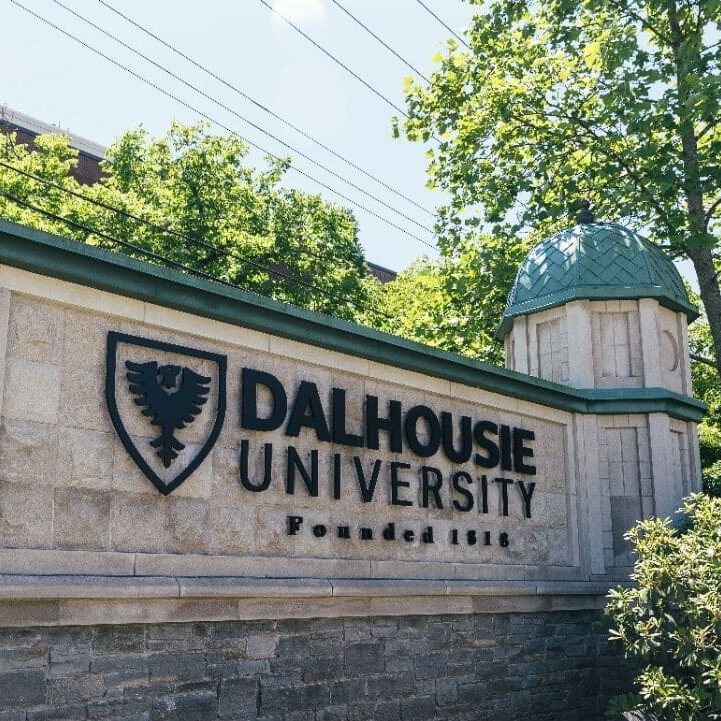
By Joel Tichinoff, Sports Editor
There is a reason tams don’t fit under hockey helmets. Hockey belongs to the University of King’s College.
Like many quality things, it started on the Jersey shore. With the founding of Princeton by Presbyterians across the Hudson, the Anglican congregation of New York’s Trinity Church, fearing a world run by Calvinists, determined to establish a college dedicated to the Church of England. King George II granted a Royal Charter and his grateful subjects honored the college with the title of her earliest benefactor. King’s began accepting students in 1754 to her first campus on the corner of Wall Street and Broadway. Despite the college’s monarchist roots, her halls would produce the brightest sparks of the American Revolution. Thus, while Montreal was a fur-trading post with a brewery and ‘Ft. Frontenac’ kept incompetent guard where Lake Ontario meets the St. Lawrence, King’s College alumni were signing the Declaration of Independence and drafting the U.S. Constitution.
Rebel alumnus Alexander Hamilton served the Continental Army that re-captured Manhattan, burned King’s, and forced her faculty to flee north. Those who remained in New York pilfered what was left of the original King’s founding an obscure institution named Columbia. In Nova Scotia, a bitter Bishop Inglis, who once counted George Washington among his flock, would re-constitute King’s College at Windsor, with a pledge that never again would King’s be alma mater to revolutionaries.
Perhaps it was the Bishop’s repressive doctrine that led escape-seeking King’s students out onto the ice on Long Pond at the edge of the new campus. Whatever the cause, there, between the fertile folds of the Annapolis Valley, in view of the not-long-ago banished Acadians’ heartland, students of King’s College created a game for themselves. They called it ‘hockey.’
Incorporating physical elements of the local Mi’kmaq first-nations’ sport ‘dehuntshigwa’es’ and the Scottish ball-and-stick game of Shinty, the Kingsmen devised not just the name, but essential elements such as the position of goalie, shaped sticks and bench-clearing brawls. They chose Blue and White as team colours, somehow anticipating Toronto would one day supply their entire student population. King’s would never win a hockey championship, and, in order to make Torontonians feel even more at home, eventually gave up having a real hockey team altogether.
Judge Thomas Chandler Halliburton records Kingsmen playing their game of hockey in the early 1800’s, (roughly coinciding with Chris Chelios’ rookie season). In 1821, a full two decades later, James McGill converted his country home into a school, allowing18-year-old Ontario arts students access to Montreal bars; in 1826 these students would invent the Victory Lap – often cited as McGill University’s greatest contribution to education.
Not until 1841, nearly half a century after hockey was born, would Queen’s University open the doors of its inaugural class to a total of 10 students. Presumably the rest of the student-body was in police custody following the inaugural Homecoming riot on Aberdeen. And so King’s bestowed the greatest gifts upon her natural and adopted homelands, America and Canada. To the former republic King’s gave freedom and laws and to the latter dominion its national obsession, identity and 200 years’ supply of brilliant, witty, intellectual-elite, jobless hipsters. In 1920, King’s students would burn their alma mater to the ground for the second time in 200 years, move to Halifax and begin a complicated long-term relationship with Dalhousie.
It is generally believed that McGill students played a form of hockey in the 1870s involving modified broomsticks and 18 players on the ice at once. Miraculously, the early McGill broomstick teams avoided scandal and the sport grew unhindered by cancelled seasons. Being Quebec Anglophones, for years McGillians struggled to set the rules of the game; typical tetes-carres, they reduced the number of players on the ice to seven per side. Anthropologists agree that the primitive ‘McGill Hockey’ consisted mostly of ‘hot-dogging’ (“steamy-ing” in Montreal) and, due to most participants coming from Westmount or the Plateau, virtually no passing. Indeed, the word for ‘assist’ would remain untranslatable east of St. Laurent until well into the 20th century.
Hockey helmets were never meant to fit over Tams. With the exception of the Hip, Michael Ondaatje, and Danny Brannagan, Queen’s products tend towards incompetence, ranging from current Environment Minister John Baird to Boo Hoo the Bear. Though located in the homeland of hockey legends Don Cherry and Doug Gilmour, Queen’s did not have an established hockey team until 1886, by which time King’s students had been playing hockey for nearly a century. Thus the outrageousness of the Queen’s claim is matched only by its fallacy and the Gaels’ affection for sheep. Though it may soothe Queen’s pride that their school contended three times for the Stanley Cup, the Gaels were swept in every contest. The Gaels sheepishly tried their luck with the Memorial Cup and failed there as well. From their Nova Scotian Olympus, the Gods of Hockey continue to scorn the Gaels for their foolish pride. To this day Queen’s hockey teams have yet to win a National championship. Queen’s College Colours, soiled as they are by the battle and the rain, still wait for a hockey victory to wipe away that stain.
What’s the sport of King’s?
Hockey.
Too bad no one’s ever heard of us.
Joel Tichinoff is a student at King’s College.






